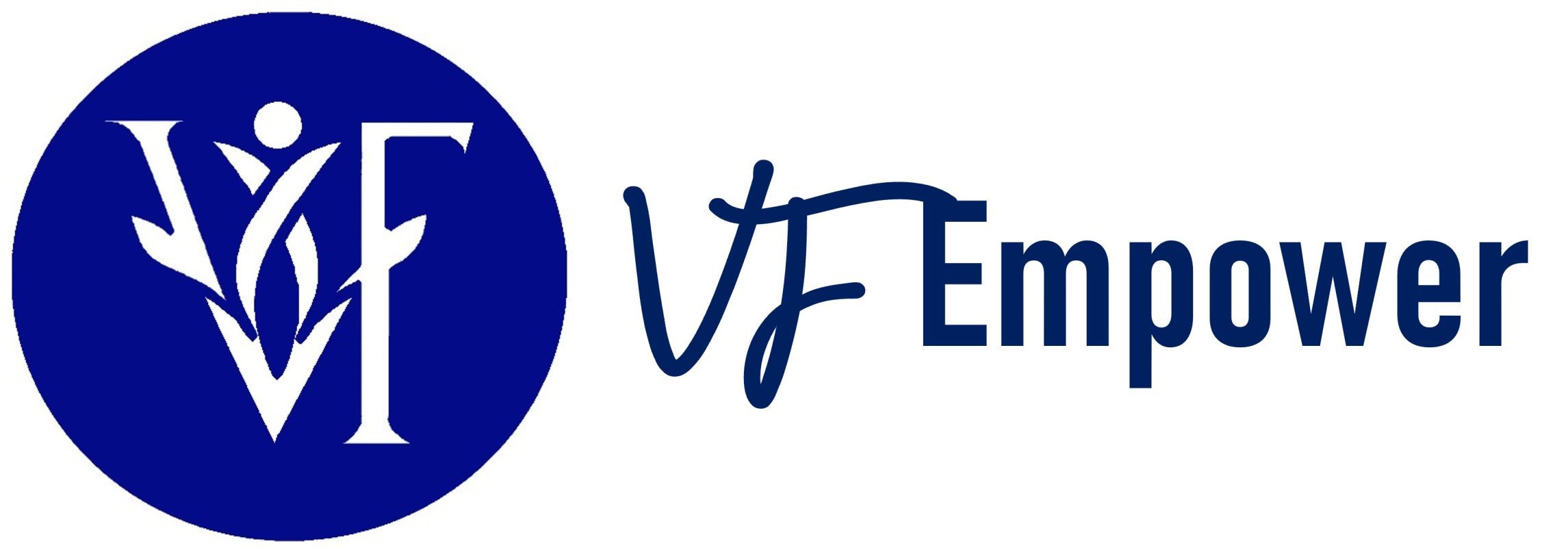Table of Contents
- 1 Why a Cash Flow Contingency Plan is Essential for Your Business
- 2 Common Causes of Cash Flow Shortfalls & Their Business Impact
- 3 Step 1 – Creating a Financial Contingency Plan to Avoid Cash Shortfalls
- 4 Step 2 – Strengthening Cash Flow Management Practices
- 5 Step 3 – Emergency Funding: What to Do When a Cash Flow Crisis Hits
- 6 Step 4 – The CEO’s Financial Contingency Plan: What to Do Based on Cash Flow Forecasts
- 7 Step 5 – Long-Term Financial Planning to Improve Cash Flow Management
- 8 Conclusion – The Ultimate Financial Contingency Plan for Business Survival
- 9 📌 Next Step: Strengthen Your Business Resilience
Why a Cash Flow Contingency Plan is Essential for Your Business
A cash flow contingency plan is a critical financial management tool that protects businesses from unexpected cash flow shortages. Whether due to delayed payments, economic downturns, or operational disruptions, having a financial contingency plan ensures your business maintains financial stability and avoids cash shortages that could force tough decisions.
💥 Fact: Without a contingency plan for your business, even a profitable company can face cash flow issues that lead to financial distress.
💥 Fact: A well-structured financial contingency plan helps businesses reduce the risk of cash shortages by ensuring enough cash reserves are available.
💥 Fact: Cash flow forecasting is essential to project future cash needs and prepare for unexpected financial shocks.
This guide to financial contingency planning will help you:
✅ Create a financial contingency plan to prepare for economic disruptions.
✅ Identify changes in projected cash flows and adjust accordingly.
✅ Improve cash flow strategies to maintain liquidity.
✅ Utilize cash inflows from operating, investing, and financing activities effectively.
✅ Make informed financial decisions that enhance your business’s cash flow.
🚨 Without a financial contingency plan, cash flow shortages resulting from operational or market fluctuations can threaten your company’s survival. Let’s fix that.
Common Causes of Cash Flow Shortfalls & Their Business Impact
 A cash flow crisis happens when a business lacks enough cash to cover expenses, pay employees, or meet debt obligations. Even businesses with positive cash flow on paper can run into trouble if their cash inflows and outflows are not managed properly.
A cash flow crisis happens when a business lacks enough cash to cover expenses, pay employees, or meet debt obligations. Even businesses with positive cash flow on paper can run into trouble if their cash inflows and outflows are not managed properly.
🔹 Common Causes of Cash Flow Shortages:
✅ Slow-paying customers – Impacts cash inflows from operating activities.
✅ Unexpected costs – Emergency expenses deplete cash reserves.
✅ Economic downturns – Market fluctuations affect projected cash flows.
✅ Rapid expansion – Growth can strain cash flow if not managed properly.
🔹 The Business Consequences of Cash Flow Problems:
❌ Declining financial position – A lack of liquidity reduces operational flexibility.
❌ Delayed supplier payments – Can disrupt supply chains.
❌ Higher borrowing costs – A weak cash flow statement can make financing more expensive.
📌 Solution: A strong cash flow contingency plan ensures businesses utilize cash effectively and remain prepared for financial uncertainties.
Step 1 – Creating a Financial Contingency Plan to Avoid Cash Shortfalls
How to Develop a Financial Contingency Plan That Works
Contingency planning to project cash flow helps businesses prepare for both predictable and unexpected financial challenges.
🔹 Steps to Create:
✅ Review cash flow statements and financial data – Analyze past trends.
✅ Build cash flow forecasts – Identify potential cash flow issues in advance.
✅ Maintain an emergency fund or cash reserves – Prepare for unexpected cash flow disruptions.
✅ Use contingency planning to project cash inflows and outflows – Track regular cash flow fluctuations.
📌 Key Takeaway: Without a financial contingency plan, businesses risk making reactive decisions instead of strategic ones.
Step 2 – Strengthening Cash Flow Management Practices
Improve Cash Flow Strategies by Optimizing Receivables
🚨 One of the biggest causes of a cash flow crisis is delayed payments. If customers don’t pay on time, your business’s cash flow suffers.
🔹 How to Improve Cash Flow from Receivables:
✅ Automate invoicing and reminders – Keep customers accountable.
✅ Offer early-payment discounts – Encourages faster cash inflows.
✅ Reduce credit risk – Require deposits or prepayments from high-risk clients.
📌 Better cash flow management ensures your business has enough cash on hand to meet obligations.
Contingency Planning for Cash Flow by Controlling Expenses
🚨 To avoid cash flow shortages, businesses must control their cash outflows effectively.
🔹 How to Reduce the Risk of Cash Flow Shortfalls:
✅ Delay non-critical expenditures – Preserve liquidity for essential expenses.
✅ Renegotiate payment terms – Extend supplier deadlines when possible.
✅ Monitor projected cash flow and repayment obligations – Prevent financial strain.
📌 Use contingency plans to respond to cash flow shortages and make adjustments in real-time.
Step 3 – Emergency Funding: What to Do When a Cash Flow Crisis Hits
How to Secure Financing When Cash Flows Become Tight
🚨 A strong financial contingency plan includes emergency funding options to avoid cash shortages.
🔹 Four Different Sources of Cash to Utilize:
✅ Cash flows from financing activities – Includes loans and investor funding.
✅ Cash flows from investing activities – Selling assets to generate liquidity.
✅ Cash flows from operating activities – Managing receivables efficiently.
✅ Cash reserves and credit lines – Emergency backup sources.
📌 When planning to project cash flow needs, ensure multiple funding sources are available.
Step 4 – The CEO’s Financial Contingency Plan: What to Do Based on Cash Flow Forecasts
Business Determine How to Respond to Different Cash Flow Scenarios
🚨 How long can your business survive a cash flow crisis? Use this decision framework.
| Cash Runway | Immediate Action Plan |
|---|---|
| 6+ Months | Strengthen cash flow contingency plans & secure credit lines. |
| 3-6 Months | Reduce unnecessary expenses & enforce receivables collection. |
| 1-3 Months | Explore alternative funding options & renegotiate supplier terms. |
| <1 Month | Secure emergency cash inflows & liquidate non-core assets. |
📌 Businesses must update cash flow contingency plans regularly to adapt to financial conditions.
Step 5 – Long-Term Financial Planning to Improve Cash Flow Management
Strengthen Financial Stability with Future Cash Planning
🚨 Without a financial contingency plan, businesses are left vulnerable to external shocks.
🔹 Best Practices for Long-Term Cash Flow Management:
✅ Maintain regular cash flow monitoring – Adjust projections based on real data.
✅ Create contingency plans related to economic shifts – Prepare for downturns.
✅ Utilize cash reserves wisely – Avoid spending emergency funds on non-urgent items.
📌 Building a financial contingency plan now prevents future cash flow disruptions.
Conclusion – The Ultimate Financial Contingency Plan for Business Survival
🚨 Final reality check:
✅ If you don’t have a financial contingency plan, your business is at risk.
✅ If you don’t prepare for cash flow shortages, your financial stability will suffer.
✅ If you don’t create a financial contingency plan, your business may not survive a crisis.
💥 Key Takeaways:
✅ Cash flow forecasting is essential – Update projections frequently.
✅ Improve cash flow strategies – Strengthen receivables and cost management.
✅ Utilize cash reserves wisely – Maintain liquidity for unexpected events.
✅ Create a financial contingency plan – Prepare for emergencies before they happen.
🚀 Final Challenge: Time to Secure Your Business’s Financial Stability.
📌 Next Step: Strengthen Your Business Resilience
Now that you’ve learned how to build a financial contingency plan, don’t stop here! Explore more expert insights in Business, Management, Credit Control, Technology, Job Search, and Recruitment to stay ahead in your industry.
🔹 Read More on Business & Financial Strategies: Gain practical knowledge to navigate economic uncertainty.
🔹 Master Credit Control & Cash Flow Management: Prevent late payments and improve financial stability.
🔹 Upgrade Your Leadership & Management Skills: Learn how to lead effectively in challenging times.
🔹 Boost Your Career in Job Search & Recruitment: Stay competitive and land your ideal role.
🔹 Explore Tech Trends for Smarter Business Operations: Leverage innovation for efficiency.
💡 Take It Further: Ready to take your expertise to the next level? Visit my online course site for in-depth training and actionable strategies to help your business thrive. 🚀



